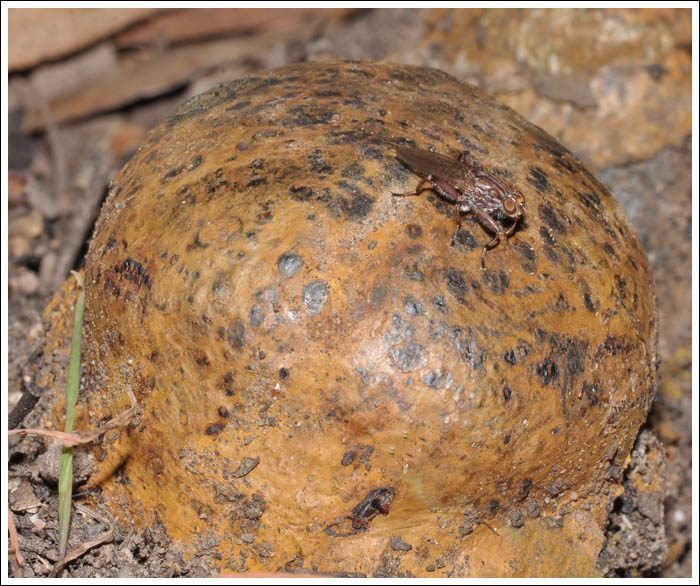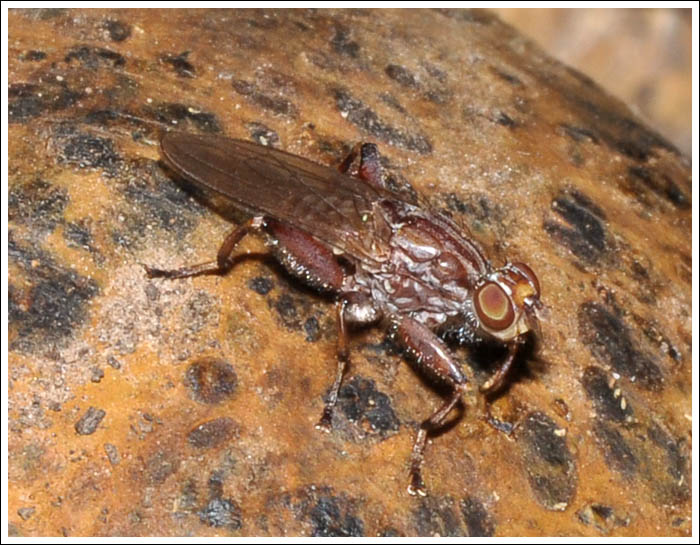This autumn as it draws to a close is quite unlike those that have come before. As has been previously noted, invertebrate life generally has been much reduced, and whether this has been caused by the extended dry spell we have been experiencing, or something more serious driven by climate change is a worrying uncertainty. Usually during autumn the trees would be festooned with orb weaver webs, and the shrubs would similarly be supporting innumerable leaf-curling spider webs and shelters, not so this season, they have been almost completely absent. A walk by the river turned up nothing for the camera, but the garden was more picture productive with plants that are starting to come into flower.
Correa Mallee Bells.
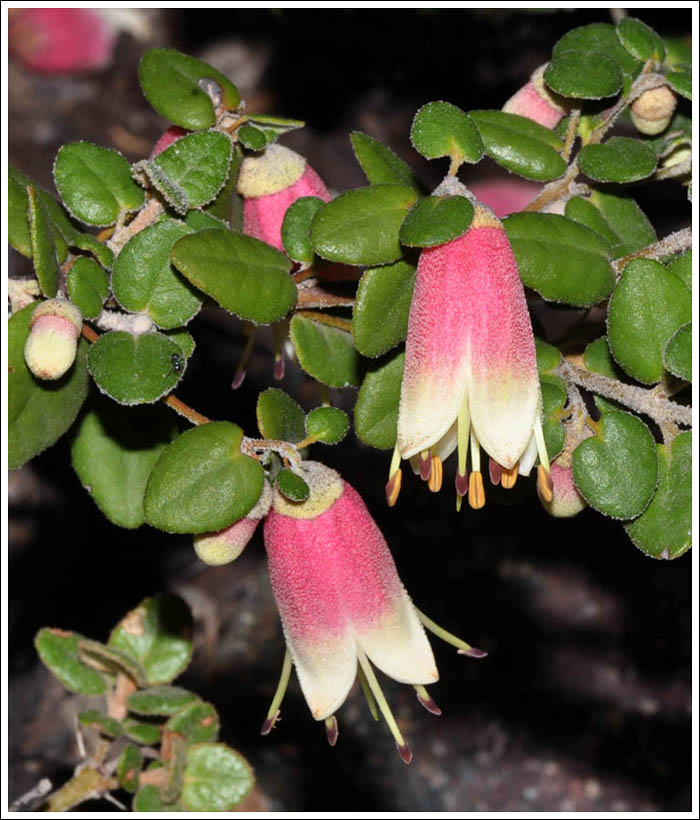
Philotheca myoporoides “Bournda Beauty”
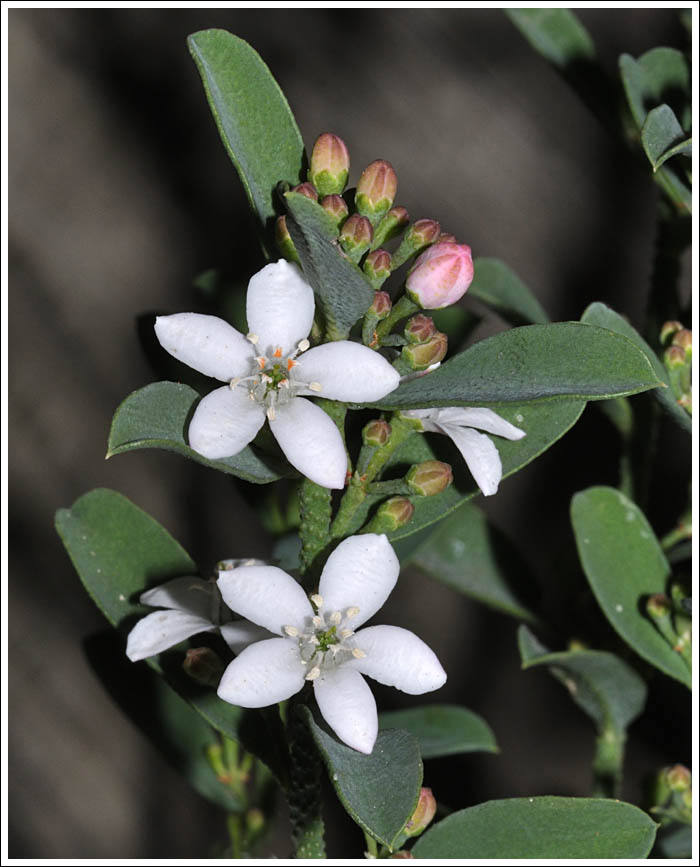
Grevillea maccutcheonii.

A nice Dampiera cultivar.
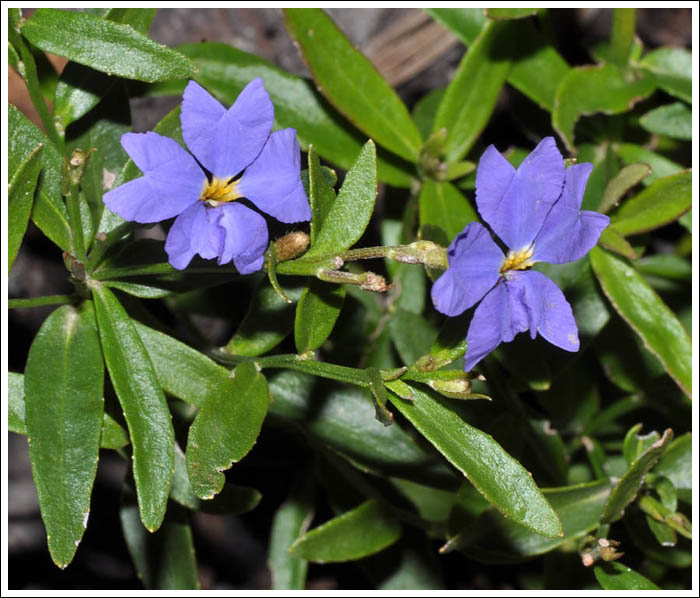
The sweetly scented Flinders Range Wattle, Acacia iteaphylla.
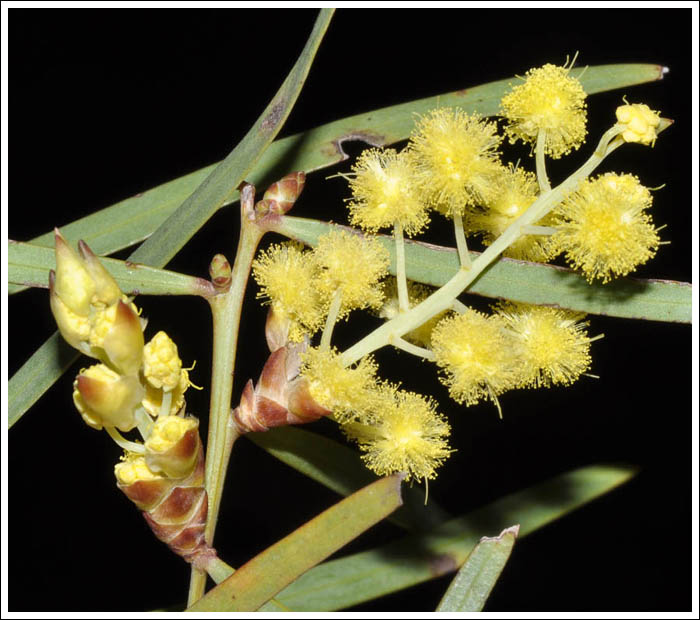
Hakea lissocarpha, just starting, a little late this year due to the dry.
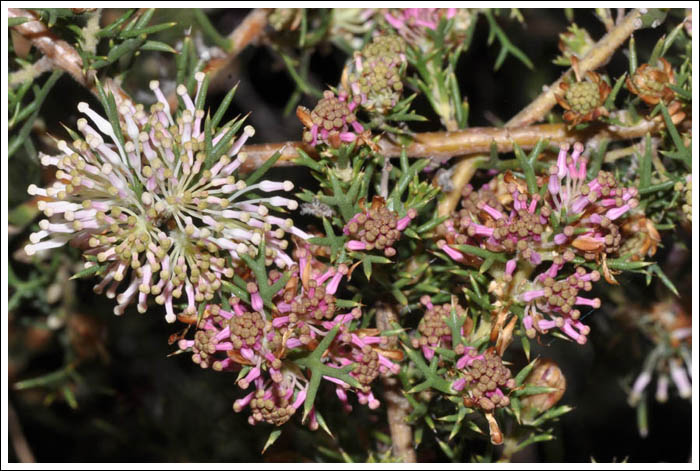
Grevillea Lemon Supreme.
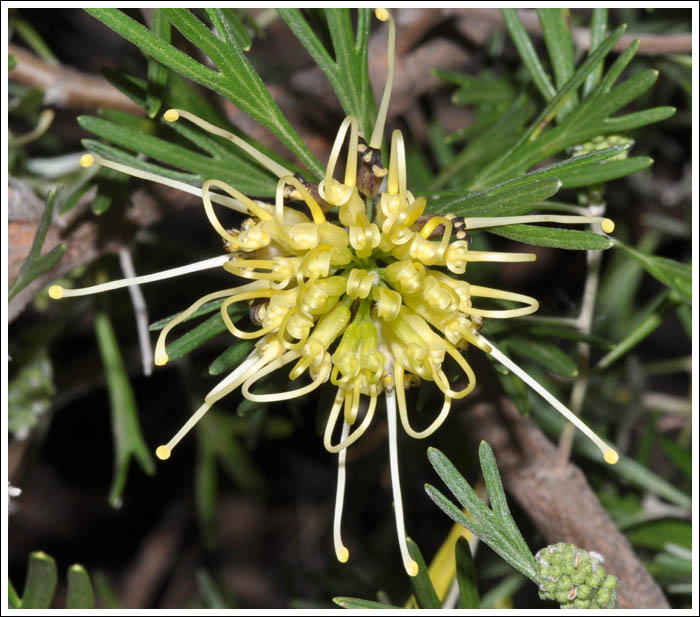
Correa reflexa, Mottle Range.

Despite the lack of moisture, fungi are appearing.

And already, a fungus fly, genus Tapeigaster had taken possession of the largest.
